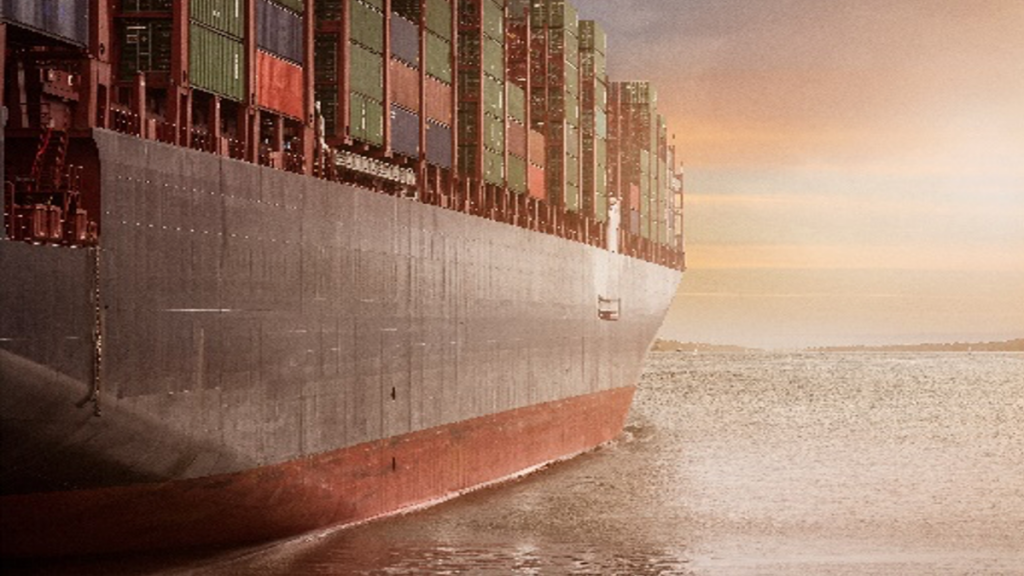No matter what industry your business is in, you have likely faced frustrating supply chain issues in 2021 and 2022 and can’t see an end to such problems.
While it seems supply shortages and extended shipping times are here to stay for a while, there are some proactive steps you can take to help your business handle this challenging period.
Work Out Where and How You’re Most Vulnerable
Contents
Take the time to determine where and how your organization is most vulnerable to supply chain issues. Think about every single process involved in the supply chain and each person in it, including internal workers, external contractors or suppliers, and customers, and note how problems could arise at any point in any of the systems.
For example, there could be a risk of stock arriving damaged or faulty or even having safety issues. You could have drivers go on strike, important roads closed, or shipping prices go up, significantly affecting your profit. You could face many employees being sick at one time, difficulty sourcing packaging or shipping suppliers, and other risks to mitigate. Identifying the weak points of your business is the first step in doing what you must to reduce the chances of problems arising and your organization facing cashflow difficulties, customer or branding blowback, and other setbacks.
Spend More Time Planning
One of the essential ingredients in lowering business risks is spending adequate time planning each month. The more you plan out strategies and consider the future, the less likely it is that problems will turn into huge ones that impact your firm significantly and worryingly.
Your supply chain planning needs to cover things such as identifying objectives, setting short-term and long-term goals for everyone to work to, and creating systems. Planning will help you make more timely and smarter decisions about supply chain topics rather than having to rely too much on guesswork.
Build Strong Relationships with Suppliers and Set Expectations
To have the strongest supply chain possible, you need to develop healthy relationships with the various vendors you work with, from small operations to large companies. Fostering relationships will help ensure your business gets appropriately serviced and makes it more likely that your organization is catered to over others if there are stock shortages or you need inventory sent ASAP.
To improve relationships, ensure anyone in your firm who deals with a supplier acts professionally and kindly at all times. Encourage people to be transparent and honest in their dealings with suppliers and look for ways to connect as human beings rather than simply seeing interactions as purely transactional and nothing more. Asking after someone’s child or congratulating them on their recent wedding doesn’t take long or much effort, but it can go a long way to building lasting relationships.
Don’t feel that you have to be a pushover, though. You and your team can be friendly and understanding without accepting low-quality or late deliveries. To protect your business, set up expectations up front for how you want to be dealt with and the level of quality control you require.
For example, establish a quality control standard as part of the agreement with suppliers to establish what you’re not willing to compromise on and try to get guarantees or high service level percentages integrated into contracts. Discussing these things before you start dealing with a new firm will help you immediately eliminate those that will never be able to meet your standards.
Diversify Your Sources
Another supply chain tip is to diversify your sources. Building solid relationships with your vendors is one thing, but you also don’t want to be stuck if you have a single supplier for all your needs or for each category or product type and then can’t get goods because their business goes under, their warehouse burns down, or some other problem arises. Don’t put all your eggs in one basket; you’ll mitigate significant risk.
Optimize Transportation
Since transportation is a crucial part of the supply chain, this area is well worth optimizing as much as possible. There are multiple ways to do this. For example, see if you can combine deliveries so you don’t end up with too much unused space in each truck or shipping container and the like, and utilize tech tools to optimize the routes drivers take.
Other ideas to help you improve your supply chain include setting up inventory buffers and continually testing and measuring systems and results to find ways to make things run more effectively. Plus, invest in training your staff members to help reduce delays and potential errors
If your supply chain isn’t top of mind right now, changing how much focus you give it and pushing it much higher up your to-do list is worthwhile. This area of operations can make or break customer perception, sales, profits, and much more, and thus deserves plenty of attention.

